Here’s a summary of the explanation we give islanders here in Fiji. English is a second language for most people here and many of the people who live out on the islands don’t have much formal education, so the info is a bit simplified, but it helps to illustrate the main points. Please feel free to download the pdf if you would like to use it and help us spread the word about the advantages of protecting fish, for the sake of mother nature, but also for the sake of sustainable fishing for the people.
Why are Tabu (no fishing) areas necessary?
Communities in the Pacific Islands have successfully managed and protected their coastal marine areas for many hundreds of years.
But nowadays the oceans and their fish suffer from global changes like
- increasing human populations
- climate change
- pollution
Also the local fishing around the islands has changed:
- outboards
- flashlights for night-time fishing
- freezers to store fish
As soon as the fishing is no longer meant to feed the island population, but to export for profit, reef fishing is not sustainable, because the resources of a reef are very limited!
When implemented successfully, tabu areas have the potential to ensure fishing remains sustainable and will provide marine resources for future generations. For communities, a key motivation is that tabu areas will result in improved catches of seafood in nearby fishing areas. However, tabu areas must be carefully designed and managed to achieve this aim. They should implement a variety of habitats and be big enough to allow the fish to move without leaving the boundaries immediately. When the numbers of fish have already substantially decreased it is also difficult to reverse the process.
The key is to protect early enough while there is still a healthy reef with a variety of fish!
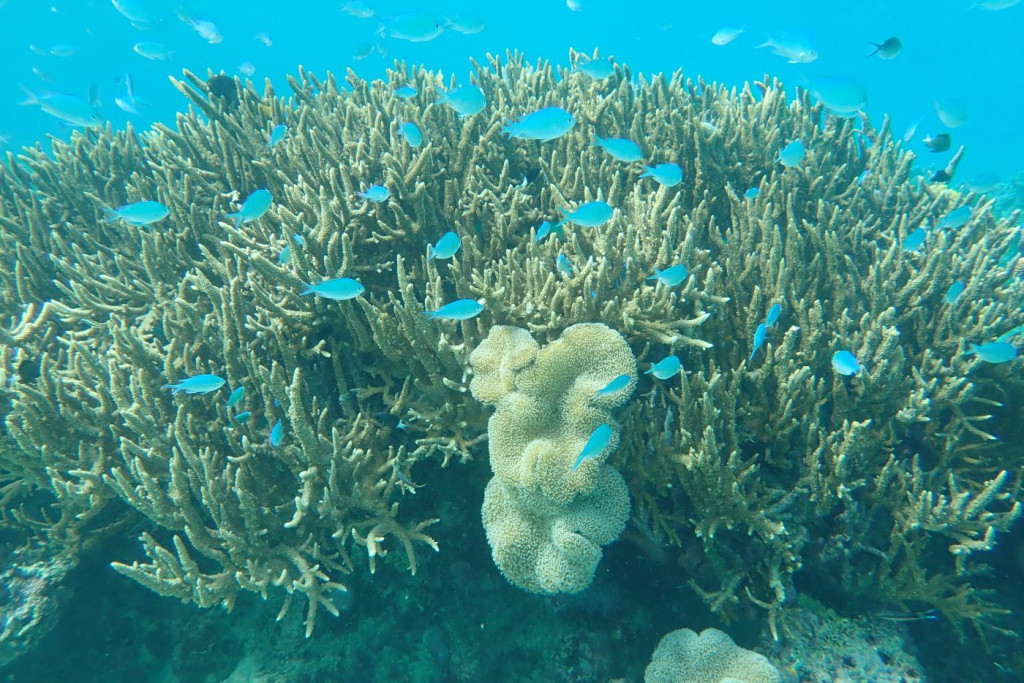
Why a permanent Tabu?
Research shows that only complete, permanent closures are successful. They provide the time species need to grow, breed and in some cases, recover to benefit the region. This can take many years for some species. The benefits of an area closed for several years can be eroded after only one day of being re-opened to fishing. Effective tabu areas need permanent closure to protect big fish that are much more reproductive than small fish (super breeders) and guarantee overflow around the protected zone.
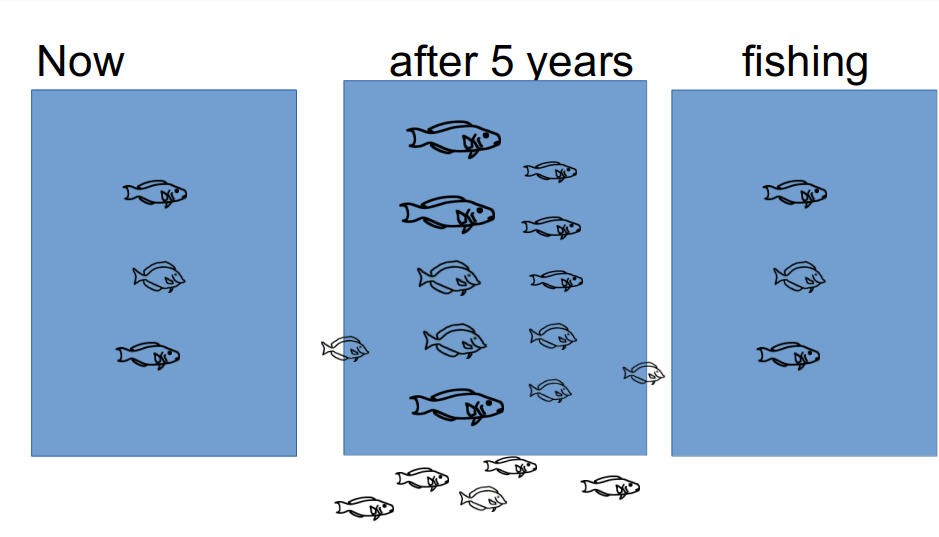
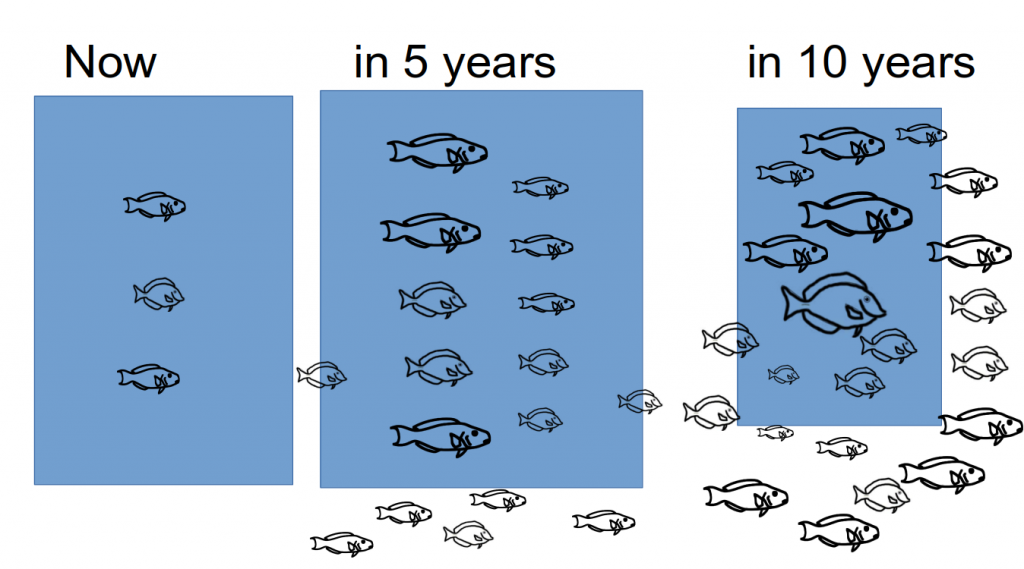
The Tabu zone must be big enough
The size of tabu areas is also critical to their success. Tabu areas on fringing reefs should protect from the shore across the reef flat and out past the reef crest to ensure all species in the area are offered protection. The size of the tabu area will depend on the life cycle and natural range of movement of the protected fish species. If the tabu is not big enough to cover all endangered species it makes sense to protect these species even outside the tabu! For example no shark fishing all around the island, no grouper fishing during the spawning season, etc.
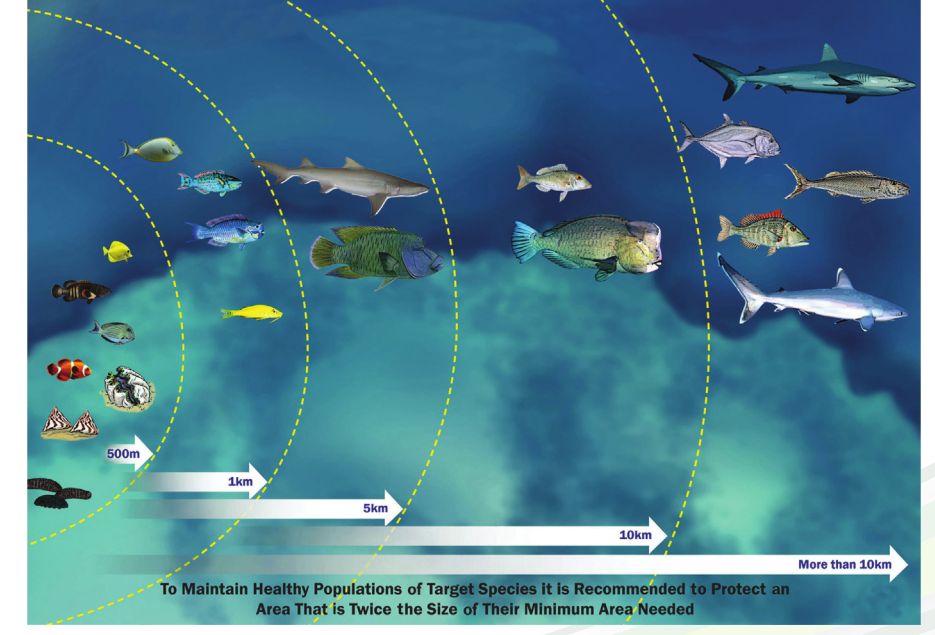
Tabu area location
Coral reefs, seagrass and mangroves provide critical habitat for many marine animals, for spawning (e.g. reef fish), feeding (e.g. turtles) and as nursery areas (e.g. for reef fish and sharks). Tabu areas should include habitats that support different life cycle stages. For example many fish babies need the protection of mangrove forests to grow up, later they spend their adult lives on coral reefs.
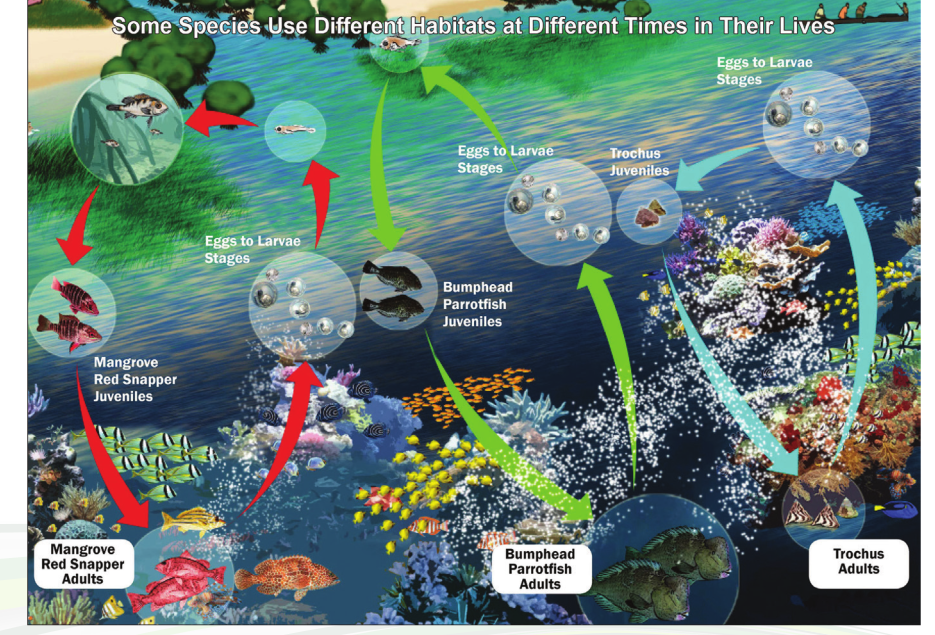
So why are coral reefs so important?
They protect the shoreline from storms and surge water. Barrier reefs reduce waves, buffer the shores and prevent erosion.
They form a protected habitat for a huge variety of fish.
Most corals and sponges as well as clams are filter feeders, so they contribute to enhanced quality and clarity of our near shore waters.
Communities can achieve a sustainable income from eco-tourism and dive tourism if they have a healthy reef with many attractions (big fish, turtles, sharks)
But all around the world reefs are damaged and dying because of
• Global warming
• Pollution
• Overfishing
NO REEF NO FISH!
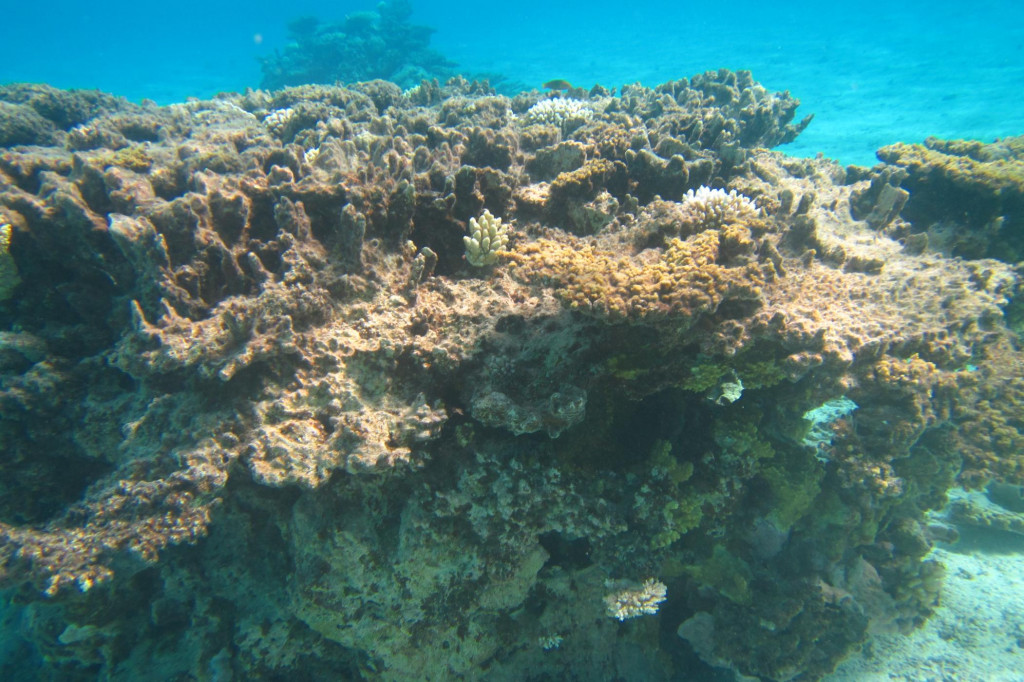
Reefs need a balanced eco-system
Coral reefs support an incredible diversity of fish. Everything from lobsters and octopus to sea turtles and dolphins depend on the reef for food, habitat and protection. Each animal plays an important role in the reef ecosystem, by filtering water, consuming prolific algae or keeping a particular species under control. These balanced relationships keep the marine ecosystems diverse and abundant with life.
Sharks eat sick fish and prevent the spreading of diseases.
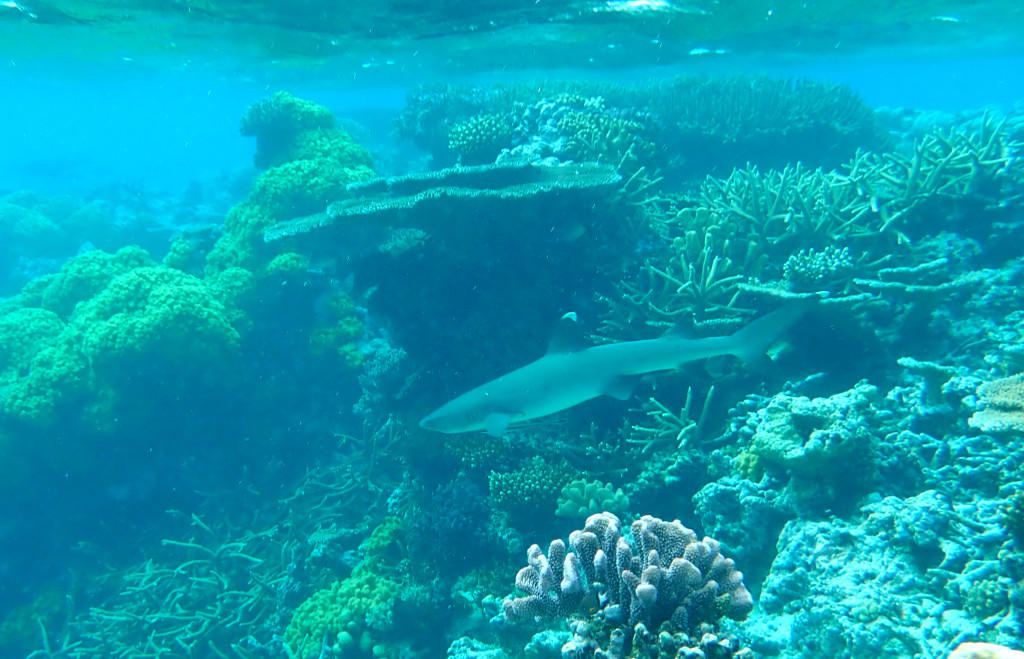
Turtles eat dangerous jelly fish and keep seaweed under control.
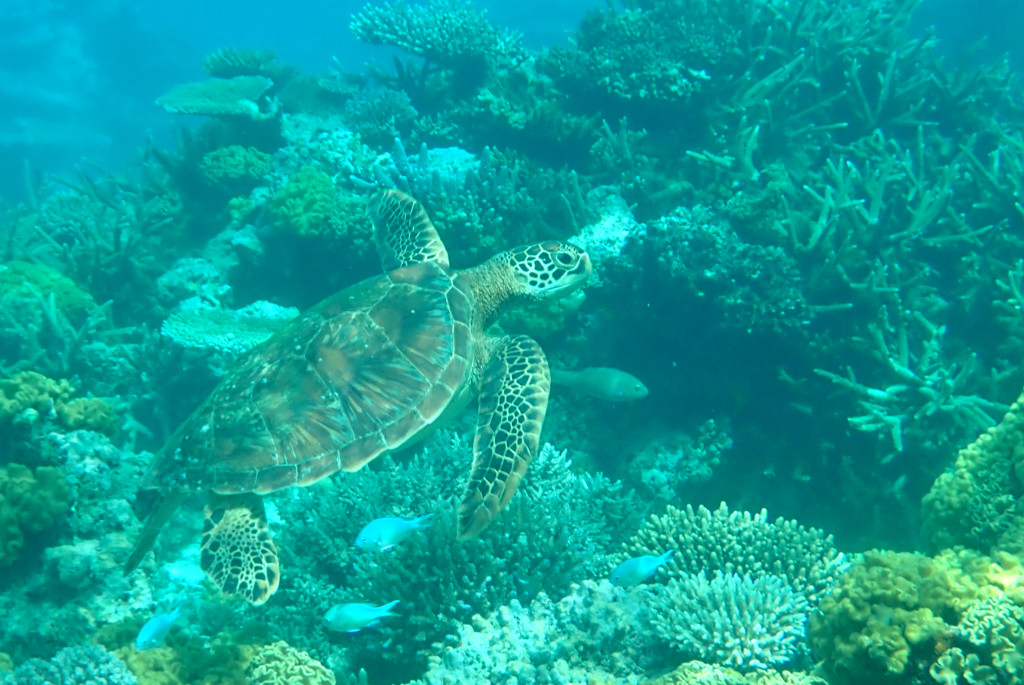
Parrot fish and other herbivore fish are the cleaners of the reef: They eat seaweed and algae, keep the rocks clean, so that coral can grow back.
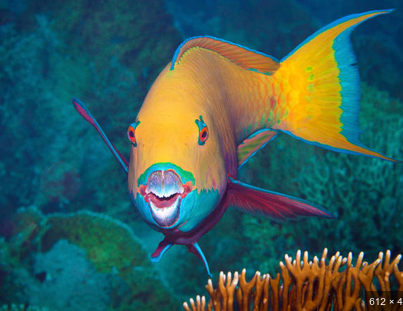
If there is overfishing, there are not enough fish to clean the coral, so damaged coral cannot recover…
A reef can only recover from damage if it contains a balanced eco-system and if there are enough fish to clean it!
NO FISH, NO REEF!






